Located amidst the mountains is the state of Manipur, one of the Seven Sister States of India. The state is distinctive from the other states in many ways and is famous for its costumes, arts, dance and music. Rich in its natural beauty, the state has got amazing lakes, beautiful waterfalls and lush green forests. The weather here is very pleasant making it a soothing place for travellers to refresh. Like all other states, Manipur is filled with vibrant festivals that often bring people together to celebrate every single festival equally. Here are the top 7 festivals of Manipur that are widely celebrated.
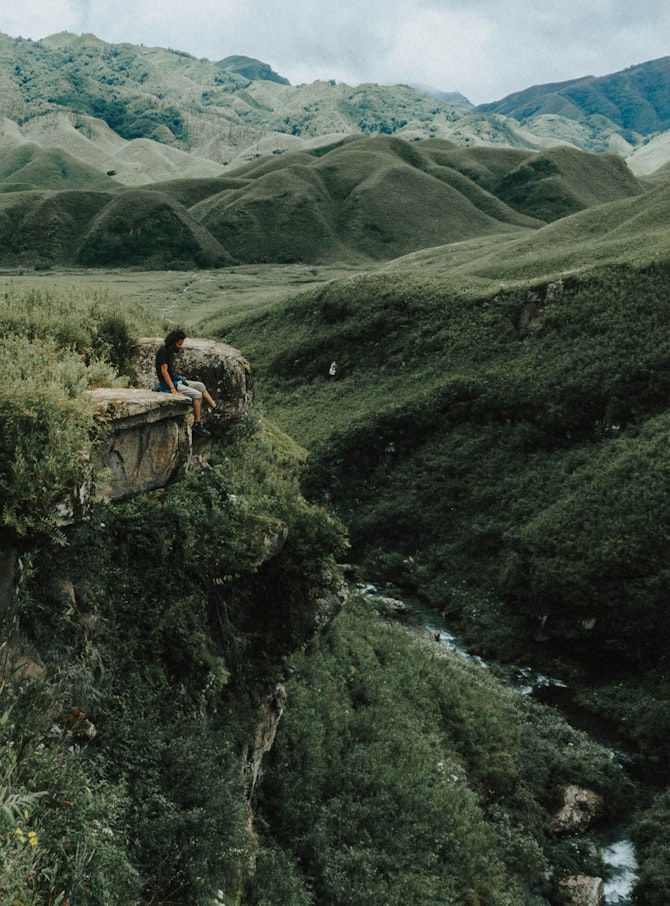
Top 7 Festivals of Manipur
1. Manipur Sangai Festival
The Manipur Sangai Festival is one of the vibrant festivals celebrated in Manipur. This festival was started to celebrate in the month of November during the year 2010 and has been happening every year since then. This festival celebrates the art and culture of the state.
Key attractions
Kabui Naga Dance, Bamboo Dance and various sports like Thang-Ta, Mukna Kangjei & special fish curries.
2. Ningol Chakouba
In the month of November on the 2nd day of New moon in Hiyangei (Manipuri month), married women are celebrated by calling them back to their parent’s place along with their children for a feast. This festival celebrates the bond between the daughters and their family. The daughters (married women) are treated with immense love and affection and get pampered by the entire family.
Key attractions
Home-cooked food and special delicacies like Pan Thongba, Iromba & Champhut
3. Chumpa Festival
Celebrated a week-long by the tribes of Tanghul Naga, Chumpa festival is one of the most popular festivals to be celebrated in the state of Manipur. This festival is celebrated to show the joy inside people at the time of harvesting the crop.
Key attractions
Music, dance and rituals done by the women from the tribe.
4. Gang Ngai
Gang Ngai is a festival celebrated by the tribes of Kabui Nagas. This festival is celebrated to cherish the customs and traditions of the tribe and to honour the tribe’s ancestors. The festival is celebrated for five consecutive days by singing, dancing, grand feast and other programmes or games among the tribal people.
Key attractions
Dance, music and the colourful attire worn by the tribe.
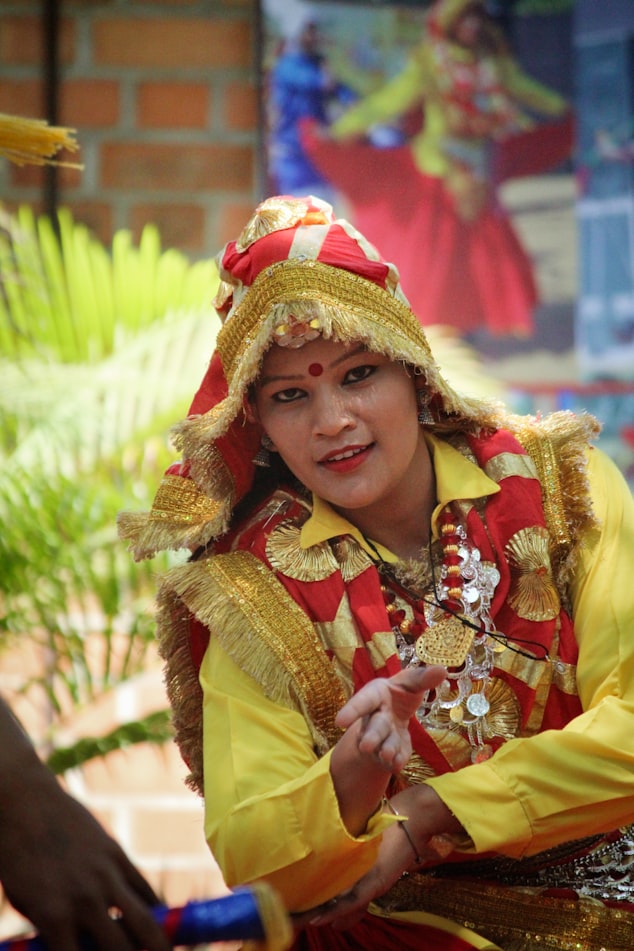
5. Lui Ngai Ni
Lui Ngai Ni is a festival celebrated at the time of sowing seeds by the tribes of Manipur. It is a way of praying to the gods to be in favour of farming. Celebrated with fun and enthusiasm, the festival is celebrated by the Naga tribes in three different languages all meaning the same.
Key attractions
Folklore dances by the local
6. Kut Festival
Celebrated by the Kuki Chin Mizo tribe of Manipur in the month of November, Kut Festival celebrates the ties between humans, peace and harming among the community. Initially celebrated as a tradition later evolved into a huge festival. The tribal people offer various objects to thank the god by singing, dancing and having a friendly competition among them.
Key attractions
Beauty pageant contest organised by the tribes during the festival
7. Heirku Hindongba
Celebrated in the month of September (on the 11th day of Langbal month) is the Heirku Hindongba. The main event of this festival is the boat race which is held on the Bijoy Govinda Canal in Manipur. This festival brings joy and zeal among everyone and especially the youth who participate in the boat race with enthusiastic team spirits.
Travel to the northeastern states of India to discover the unknown. Make your vacation to Manipur come true and celebrate the festivals of the culture with Pickyourtrail. Choose from different packages available on Pickyourtrail and unwrap the world one place at a time.
Related Itineraries
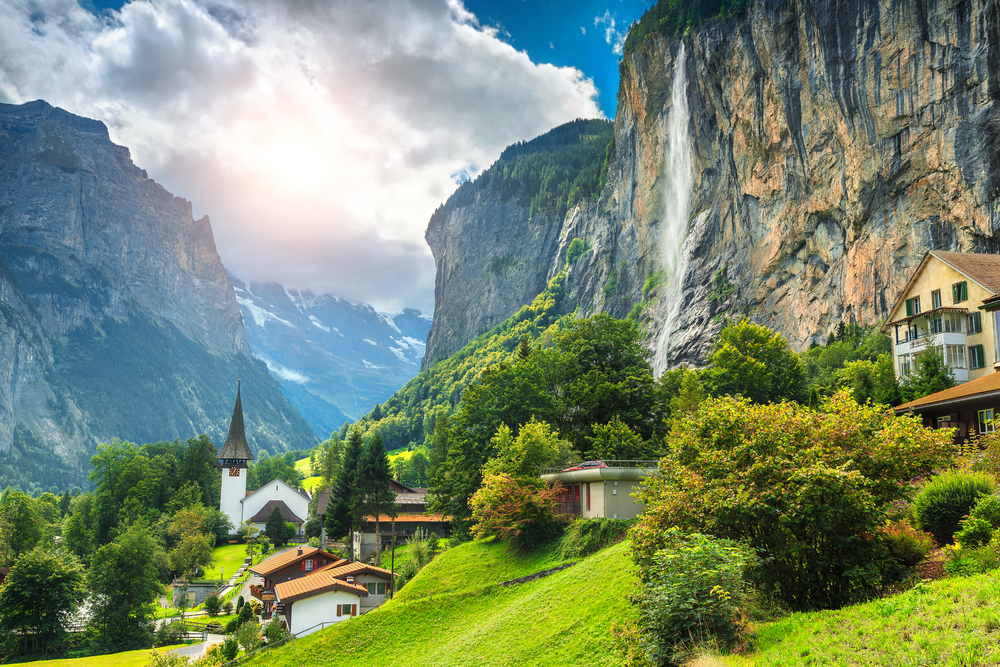
Relaxing 7 day Switzerland itinerary for the Honeymoon travellers
- Flights excluded
- 4 star accommodations
- 6 activities
- Private transfer
₹ 2,20,885
Starting price/person
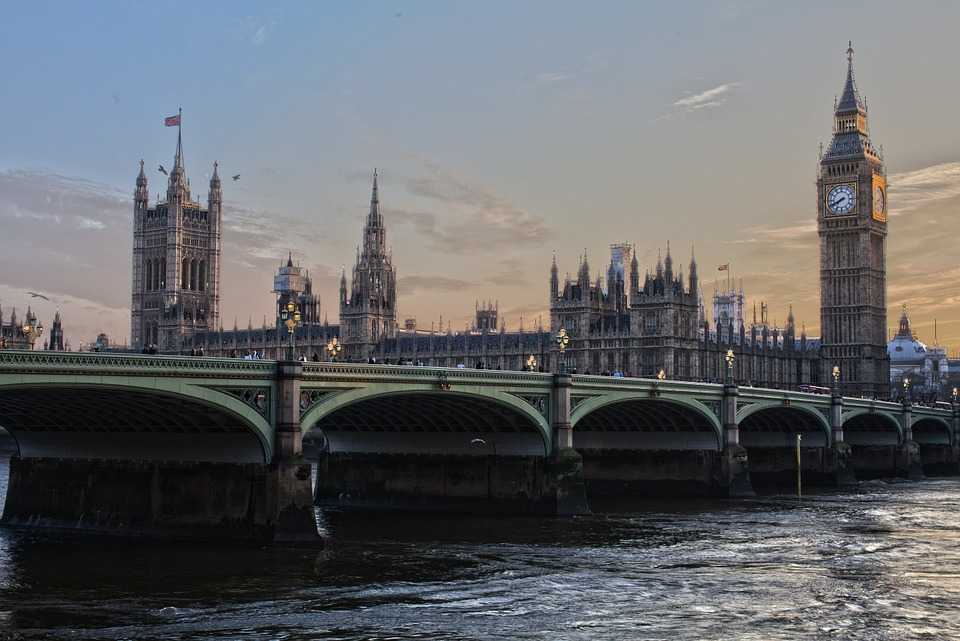
London Dreams: Stay in London and wander around for 6 night stay
- Flights excluded
- 3 star accommodations
- 7 activities
- Shared transfer
₹ 1,07,442
Starting price/person
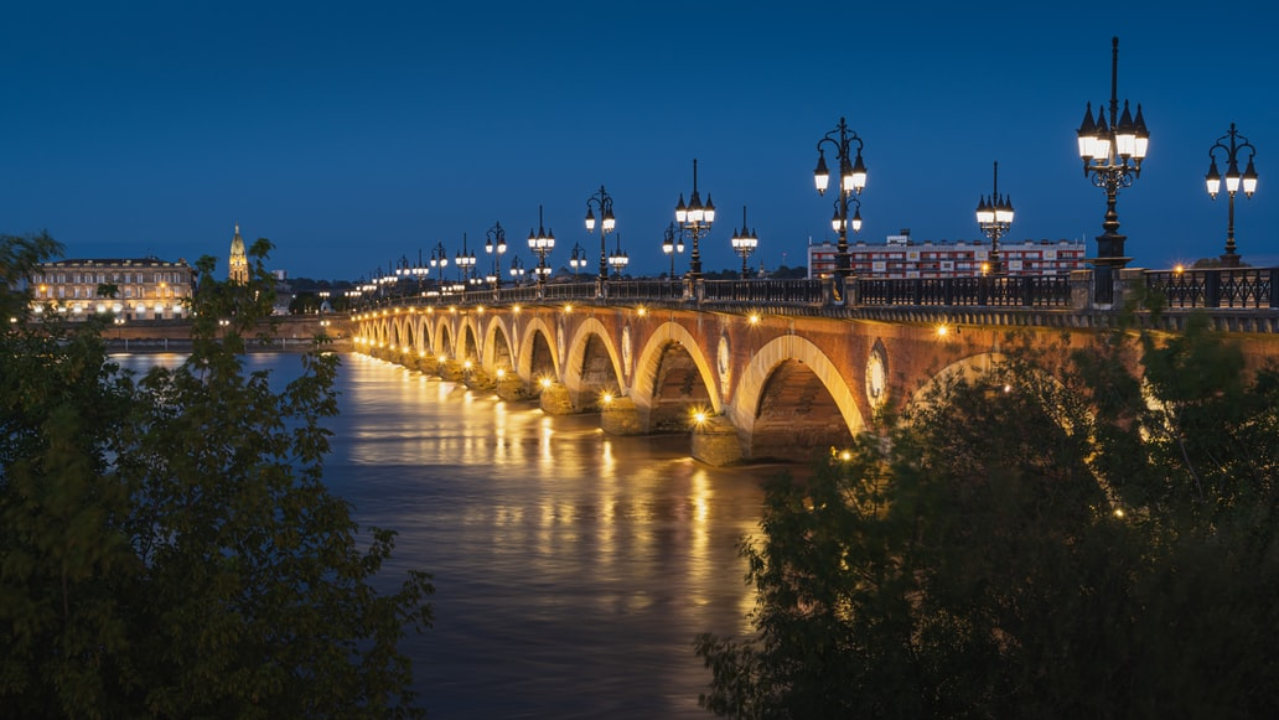
Beautiful 9 Nights France Tour Packages
- Flights excluded
- 3 star accommodations
- 6 activities
- Shared transfer
₹ 52,649
Starting price/person
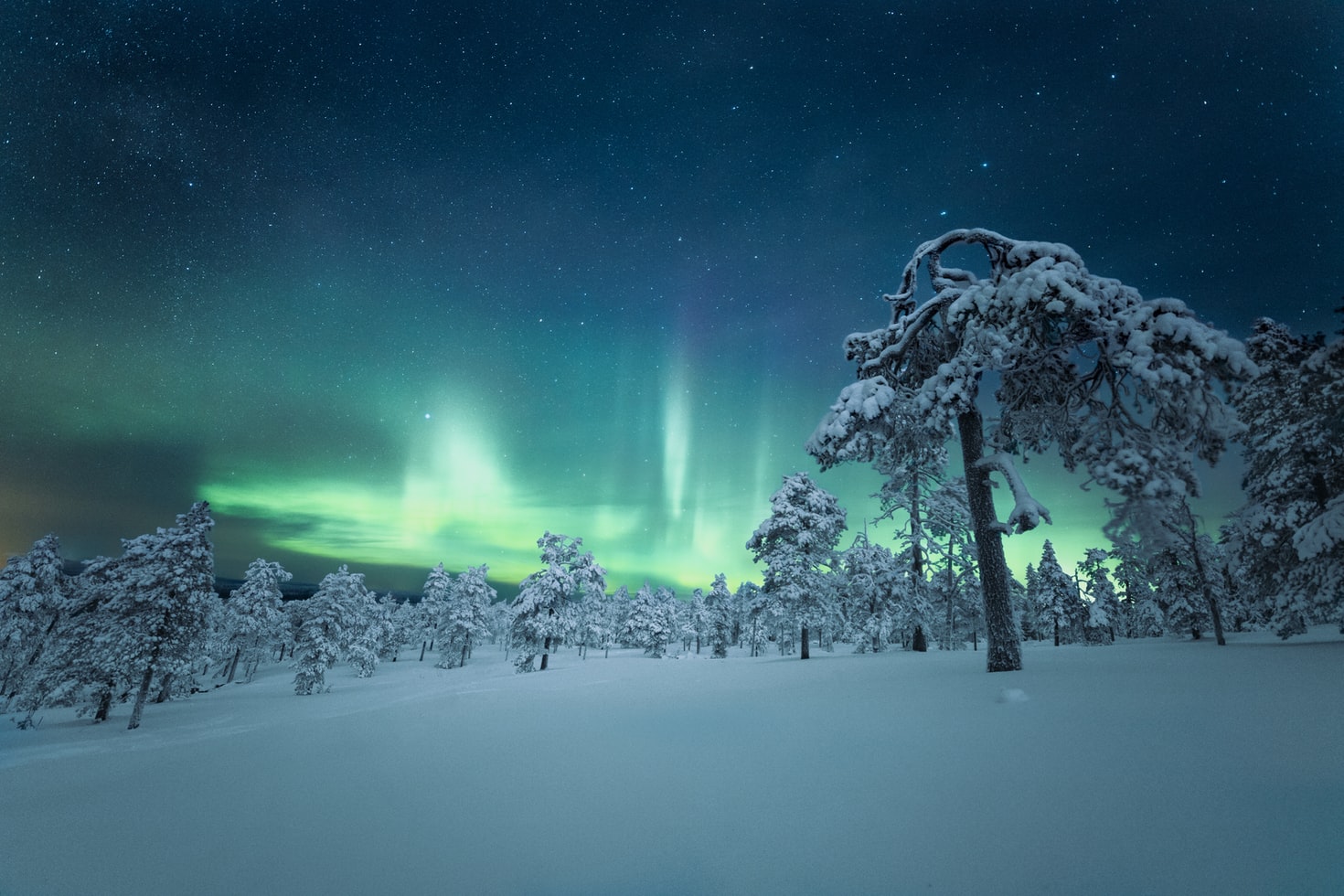
Stunning 6 Nights Northern Lights Packages
- Flights excluded
- 2.5 star accommodations
- 3 activities
- Transfers excluded
₹ 64,954
Starting price/person
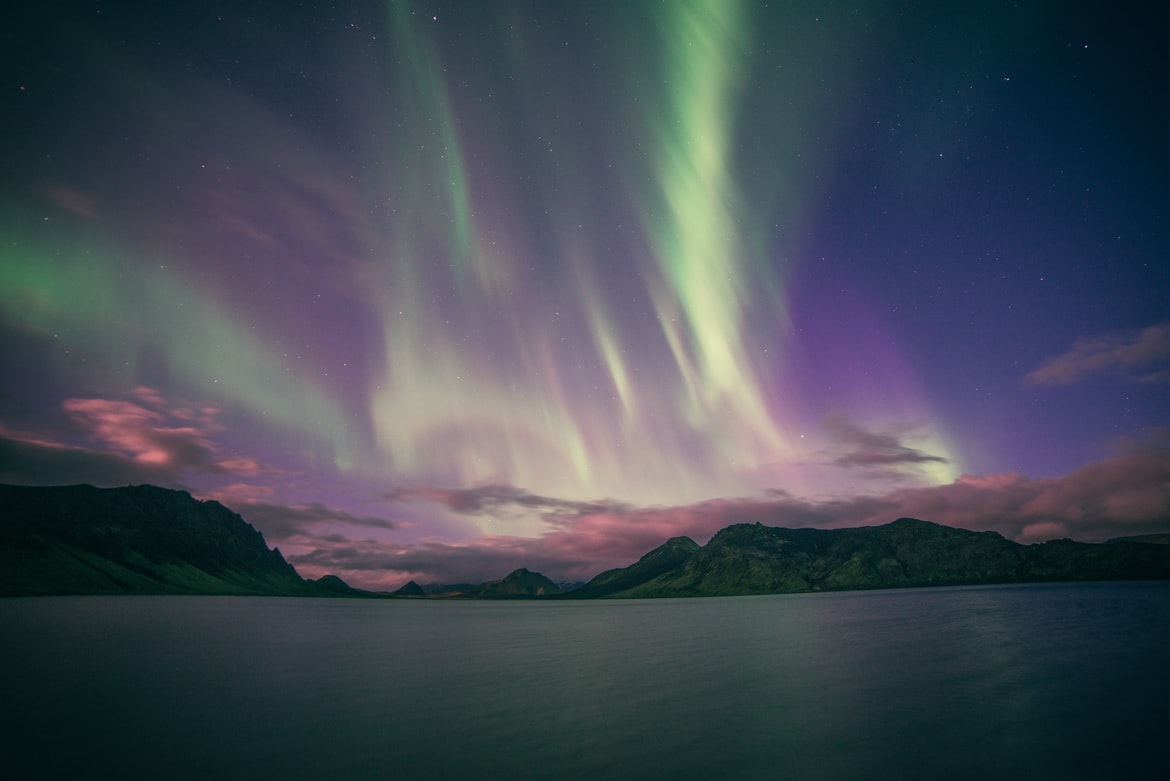
Fantastic 6 Nights Finland Northern Lights Tour Package
- Flights excluded
- 4 star accommodations
- 2 activities
- Shared transfer
₹ 69,369
Starting price/person
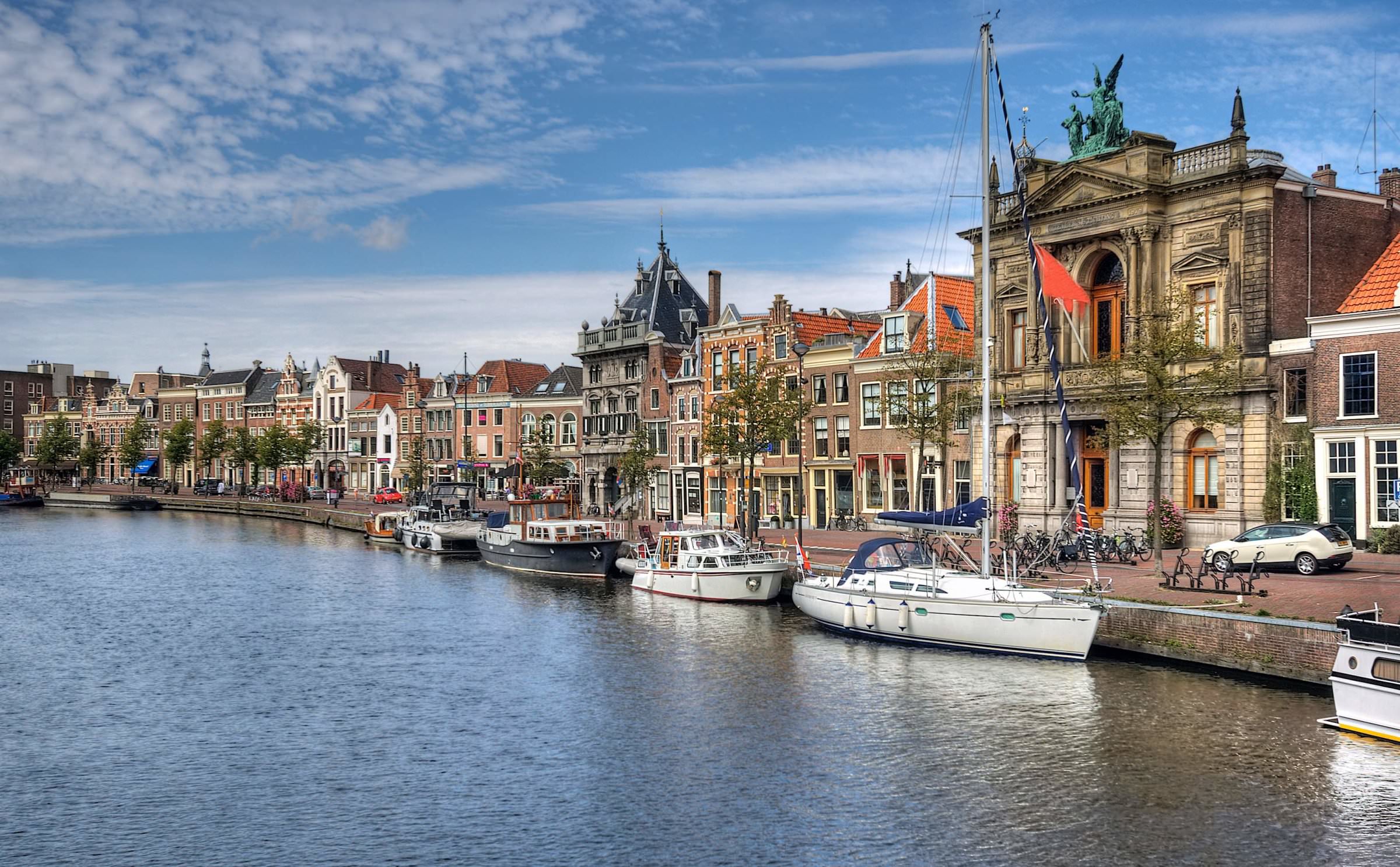
Amazing 10 Nights Netherlands Trip Package
- Flights excluded
- 2 star accommodations
- 9 activities
- Private transfer
₹ 52,895
Starting price/person

Magical 10 Nights Spain Tour Package
- Flights excluded
- 4 star accommodations
- 9 activities
- Shared transfer
₹ 1,17,742
Starting price/person

Europe Tour Packages For 6 Nights
- Flights excluded
- 4 star accommodations
- 7 activities
- Shared transfer
₹ 52,876
Starting price/person

Europe Trip Packages For 10 Nights
- Flights excluded
- 4 star accommodations
- 9 activities
- Shared transfer
₹ 73,921
Starting price/person
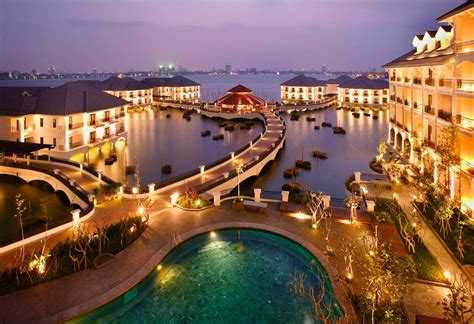
Romantic 8 Nights Bali and Vietnam Honeymoon Packages
- Flights included
- 4 star accommodations
- 6 activities
- Shared transfer
₹ 99,947
Starting price/person



